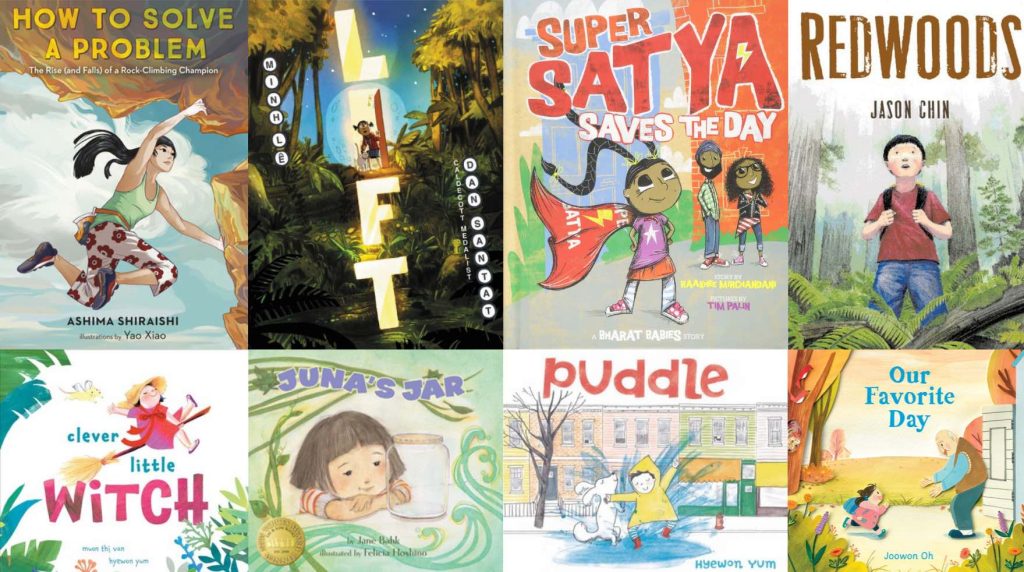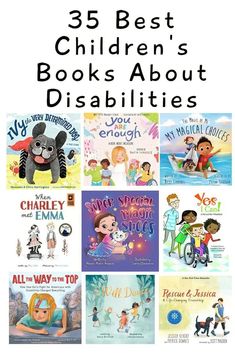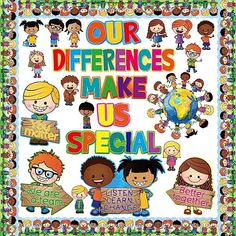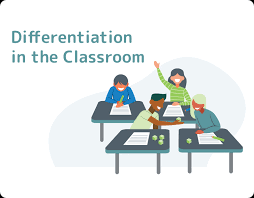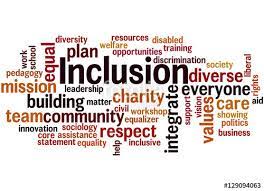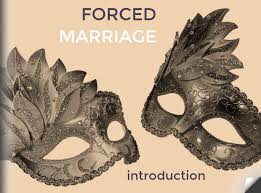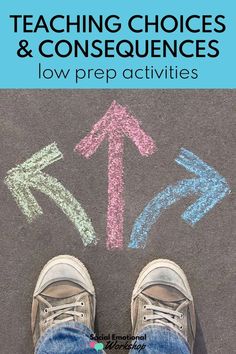Reading is a window into different experiences, cultures, and perspectives, and it’s vital for young readers to see themselves reflected in the characters and stories they explore. Asian American authors have been contributing richly diverse narratives that not only celebrate their heritage but also offer universal lessons on life, friendship, and growth. Highlighting such stories can be an excellent opportunity for educators and parents to introduce children to the vast tapestry of human experience.
Children’s books by Asian American authors often tackle complex themes with grace and age-appropriate storytelling, allowing young readers to gain insight into the Asian American experience. From picture books that tell simple tales of family and tradition to chapter books that delve into more nuanced discussions about identity and belonging, these works are a cornerstone in building a well-rounded library for children.
One of the critical aspects of these stories is the authentic representation they offer. As societies continue to advocate for inclusivity, providing books with characters of diverse backgrounds can play a significant role in fostering acceptance and understanding from a young age. Asian American authors draw from their own experiences to create characters that aren’t just token representations but are fully fleshed out individuals with dreams, challenges, and triumphs that all children can relate to.
Moreover, many of these books incorporate elements of Asian culture—from food and festivals to language and legends—introducing young readers to new ways of seeing the world. Educators can use these stories as springboards for broader discussion about culture, history, and society. When children learn about their peers’ cultures, it breaks down barriers and builds empathy.
In celebrating such books, schools should highlight not only the stories themselves but also the authors who bring them to life. Understanding an author’s background often enriches the reading experience as one sees the connection between personal narratives and fictional ones.
For those looking to diversify their bookshelves at home or in the classroom, numerous resources online provide curated lists of children’s books by Asian American authors. These lists are continually updated as more authors emerge and contribute their voices to children’s literature. Utilizing websites that specialize in educational resources for teachers can be an excellent starting point for discovering new titles and authors.
Concluding with a thoughtful note: As our world becomes increasingly interconnected, it is imperative that our children learn about different cultures through positive exposures such as literature. Books by Asian American authors are more than just tales on a page; they’re bridges to understanding, packed with lessons on compassion, resilience, and the beauty of diversity.
By actively choosing books written by Asian American writers for classrooms or personal collections, we take small yet significant steps towards creating an inclusive environment where every child’s story is valued.
